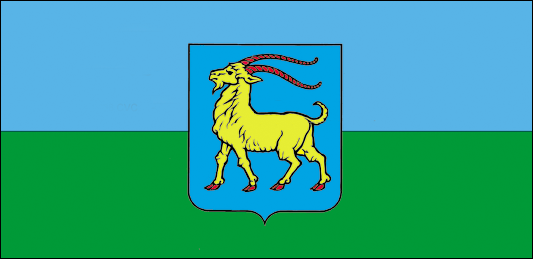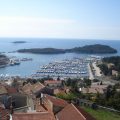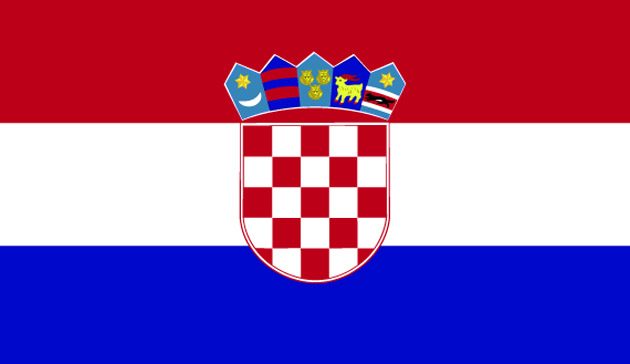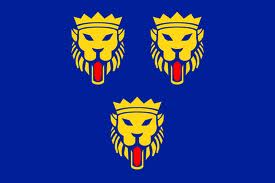Istria facts
Istria is a Croatian region situated in the northern Adriatic and it is the biggest Croatian peninsula.
Territory of Istria
- 2820 km2, coastal length 445 km
- borders to: Slovenia (Rupa, Pasjak and Plovanija border crossing), Italy (sea border)
Population in Istria
- About 206.400, density 73/km2
- 75% Croats, 7% Italians, the rest is other minorities
Languages spoken in Istria
- Croatian (official)
- Main minority language is Italian
- Other minority languages are German, Slovenien and Albanian.
Climate in Istria
- Mediterranean with average winter temperature of 5-9° C and summer temperature of 24-25° C
Larger cities in Istria
|
Pula |
Porec |
Umag |
Rovinj |
| Amphitheatre | Euphrasian Basilica | Medieval architecture | St. Euphemia church |
| Forum | The Old Town | UmagoBlues music festival | Three city gates |
| Arch of the Sergii | Baredine cave | Umagination | Grisia and Carera streets |
| Pula Film Festival | Porec palaces | Umag ATP tennis tournament | Town Clock |
| More on Pula | More on Porec | More on Umag | More on Rovinj |
Other popular touristic cities are: Medulin, Vrsar, Novigrad, Funtana, Fazana, Motovun, Groznjan.
Nature areas
- National Park of Brijuni
- Nature Park Ucka
- Lime Channel
- Motovun forest
- Golden Cape Forest park
- Ornithological reserve Palud
Wine production in Istria
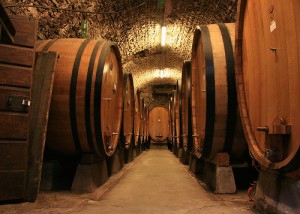 Thanks to its fertile soil, Istria is one of the best wine production areas in Croatia. The two most known wines are Malvazija (white wine) and Teran (red wine). Other significant wines are Pinot white, Cabernet Sauvignon and Merlot.
Thanks to its fertile soil, Istria is one of the best wine production areas in Croatia. The two most known wines are Malvazija (white wine) and Teran (red wine). Other significant wines are Pinot white, Cabernet Sauvignon and Merlot.
Golf courses in Istria
- Golf Club Adriatic – the first professional golf course in Istria, located near Umag
- a golf course in the National Park of Brijuni
Istria particularities
- kazun – round field shelters built in drywall technique
- boskarin – autochthonous Istrian ox
- truffles – Istrian truffles are among the most precious in the world


